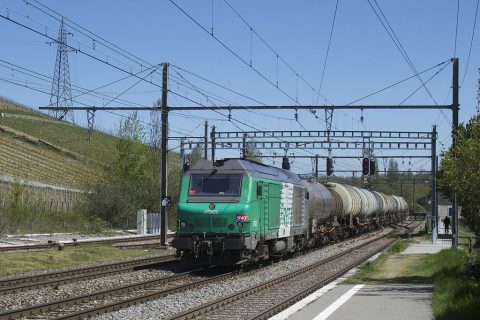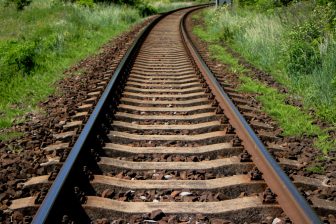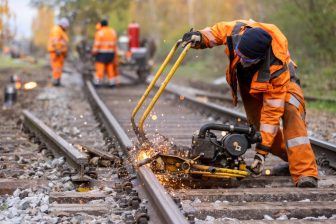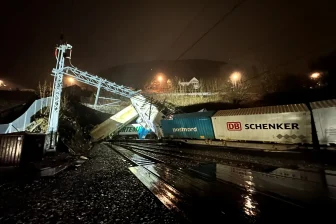
‘Soft measures the most sustainable approach to railway development’
Soft measures are by far the most sustainable approach towards developing railway, said director Europe of SNCF Réseau Paul Mazataud. He was referring to projects in the field of timetabling, traffic management or digitalisation. This is in contrast with physical infrastructural measures, which are costly and need a longer time to become sustainable, he said.
Mazataud made the comparison at UIC’s Global Rail Freight Conference, held in Genoa from 26-28 June. In his presentation, he referred to a research carried out by SNCF Réseau, assessing the carbon footprint of two of its green bond projects: high-speed line project and a renewal of railway track. It measured the time it takes for these projects to hit carbon neutrality years.
Physical infrastructure
“Is it sustainable to invest in physical infrastructure?” the director asked. Stakeholders often ask for the possibility to build new lines or do major infrastructure upgrades. But such measures are costly, he explained. The construction of a high-speed line, one of its green bond projects, required at least 20 million Euros per kilometre. Moreover, it took 7.4 years for the project to hit carbon neutrality.
More sustainable are renewals of physical infrastructure, he pointed out. “Investing in renewals is very important. The age of the existing European infrastructure is sometimes very high. Renewing the existing infrastructure is less costly than providing new material: 1 million Euros was required per kilometre”, he said referring to another green bond project. “Moreover, the carbon neutrality was achieved in 3.3 years only.”
Soft measures
Although the assessment concerned only physical measures, the so-called soft measures are in fact the most sustainable of all methods of improving the railway system. “This is true simply because these measures are relatively cost-effective and the results are immense”, he explained.
“Think of more automated traffic management IT tools, which improve the punctuality of trains or redesign projects or other projects that contribute to the transparency of railway operations. These are just a few examples of soft measures, which contribute to the customers’ experience.” Mazataud added that the time to achieve carbon neutrality was not assessed for these kinds of measures, as the results are more difficult to analyse. “That is not to say that these studies cannot be done”, he said.
Funding needed
“This being said, funding is required for the entire sector”, he concluded. “Many rail infrastructure managers are in debt; we ourselves are a good example. Even if we adopt more soft measures, we still need to search for creative financing means to develop the railway sector as a whole.”
The green bond programme is a funding tool where SNCF Réseau invites financial markets to invest in green projects. “The reimbursement remains the same for the investor. However, we carried out the assessment in order to make visible what we do with the money, and how it contributes to the environment”, the director explained.




